Do you have a question about the MSI K8N Neo-V2 and is the answer not in the manual?
| Form Factor | ATX |
|---|---|
| CPU Socket Type | Socket 754 |
| Chipset | NVIDIA nForce3 250 |
| Supported CPUs | AMD Athlon 64 / Sempron |
| Memory Slots | 3 |
| Memory Type | DDR SDRAM |
| Max Memory | 3 GB |
| IDE | 2 |
| Audio Chipset | Realtek ALC850 |
| LAN Speed | 10/100 Mbps |
| PS/2 | 2 |
| AGP Slots | 0 |
| SATA | 4 |
| USB Ports | 8 |
| Audio Channels | 6 |
| PCI Slots | 5 x PCI |
Advisory on modifications voiding user authority to operate the equipment.
Requirement for shielded interface cables and A.C. power cord for emission limits.
Details on supported AMD K8 Athlon64 processors and clock speeds.
Information on the NVIDIA nForce3 250 chipset features and capabilities.
Specifications for DDR DIMM slots, maximum memory, and supported speeds.
Details on AGP and PCI bus slots, including interface specifications.
Features of the IDE controller, operation modes, and device capacity.
List of integrated peripherals: floppy, serial, parallel, USB, and IrDA.
Details on the 6-channel software audio codec and compliance standards.
Information on the Realtek LAN controller and supported speeds.
Overview of BIOS features like Plug & Play and DMI for system management.
Details on NV RAID support, RAID levels, and OS compatibility.
Specifications for the motherboard's ATX form factor dimensions.
Information on the number of mounting holes for installation.
Guidance on installing the AMD Athlon64 processor and ensuring cooling.
Step-by-step guide for safely installing the CPU into Socket-754.
Instructions for mounting the CPU cooler assembly onto the motherboard.
Information on the motherboard's DDR memory sockets and supported capacity.
Step-by-step guide for inserting DDR DIMM modules into the memory slots.
Instructions for connecting the ATX power supply to the 20-pin connector.
Purpose and connection of the 12V power connector for the CPU.
Description of the floppy disk drive connector and supported media types.
Connector for CD-ROM audio input to the sound card.
Details on connecting CPU, system, and chipset fans to the motherboard.
Information on IDE controllers, modes, and connecting drives.
Connectors for front panel switches, LEDs, and compliance standards.
Connector for front panel audio, compliant with Intel Front Panel I/O Guide.
Details on front USB 2.0 headers and high-speed data transfer capabilities.
Information on Serial ATA ports, data rates, and compliance.
Header for connecting secondary serial devices to the motherboard.
Connector for IrDA Infrared modules, requiring BIOS setup.
Connector for chassis intrusion switch and BIOS status reporting.
Overview of the AwardBIOS CMOS Setup Utility main menu and available options.
Menu for CPU/DDR clock, timing, and overclocking settings for performance tuning.

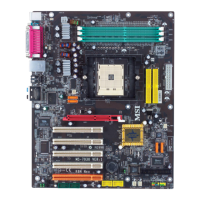
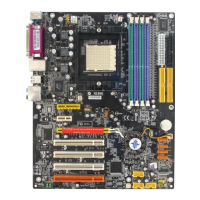
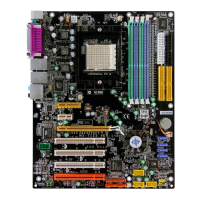
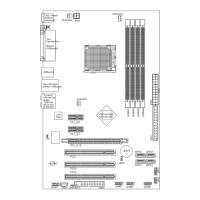
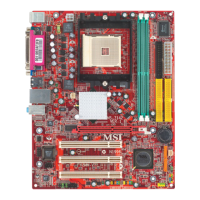
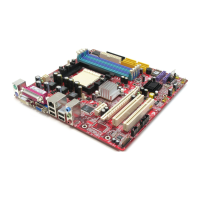
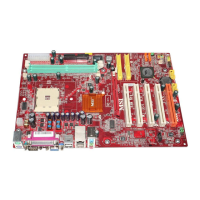
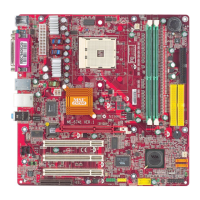
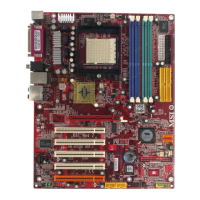
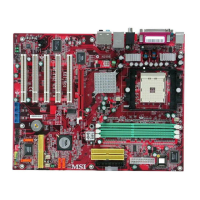
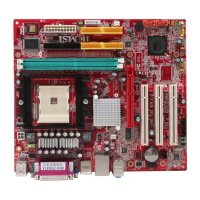
